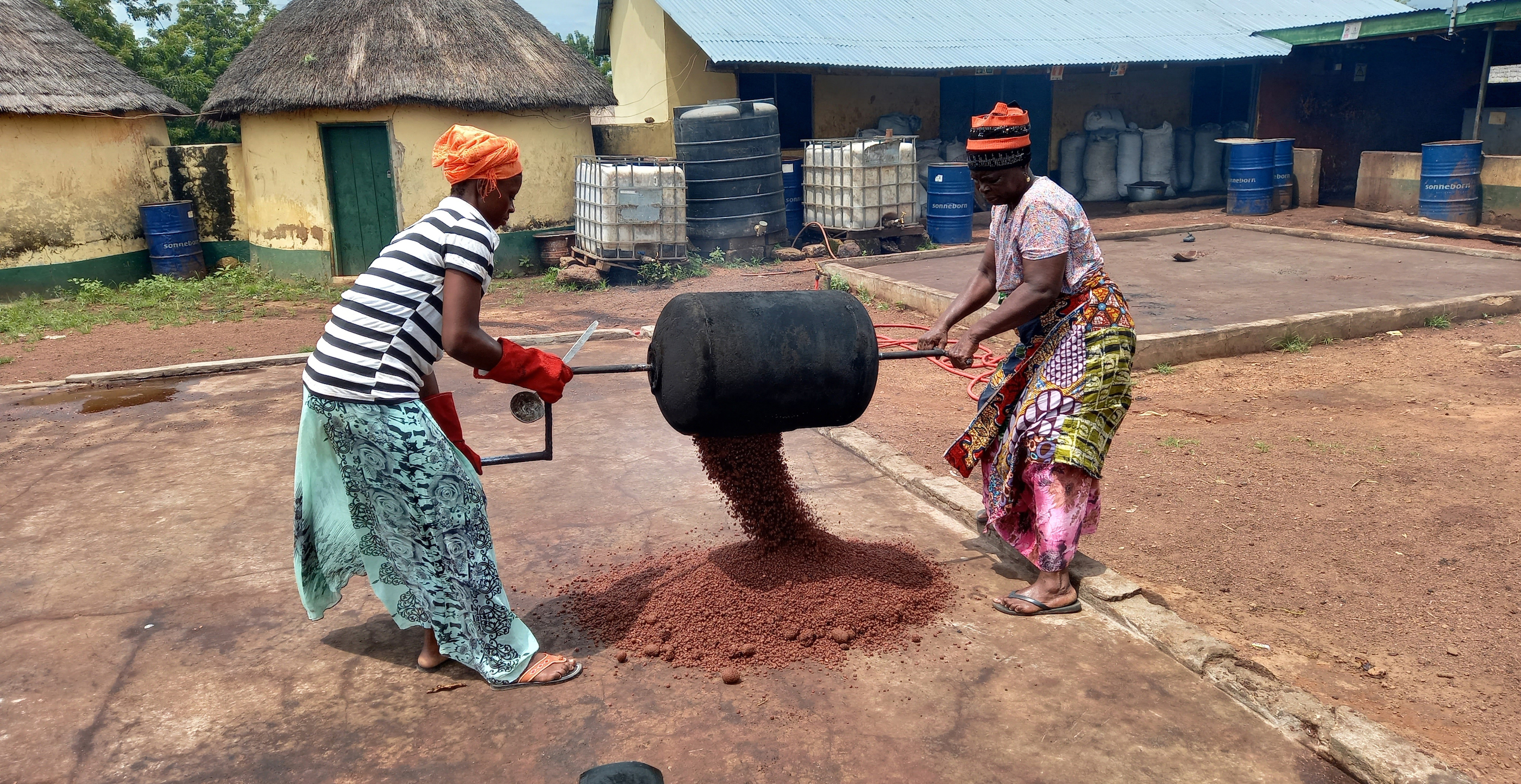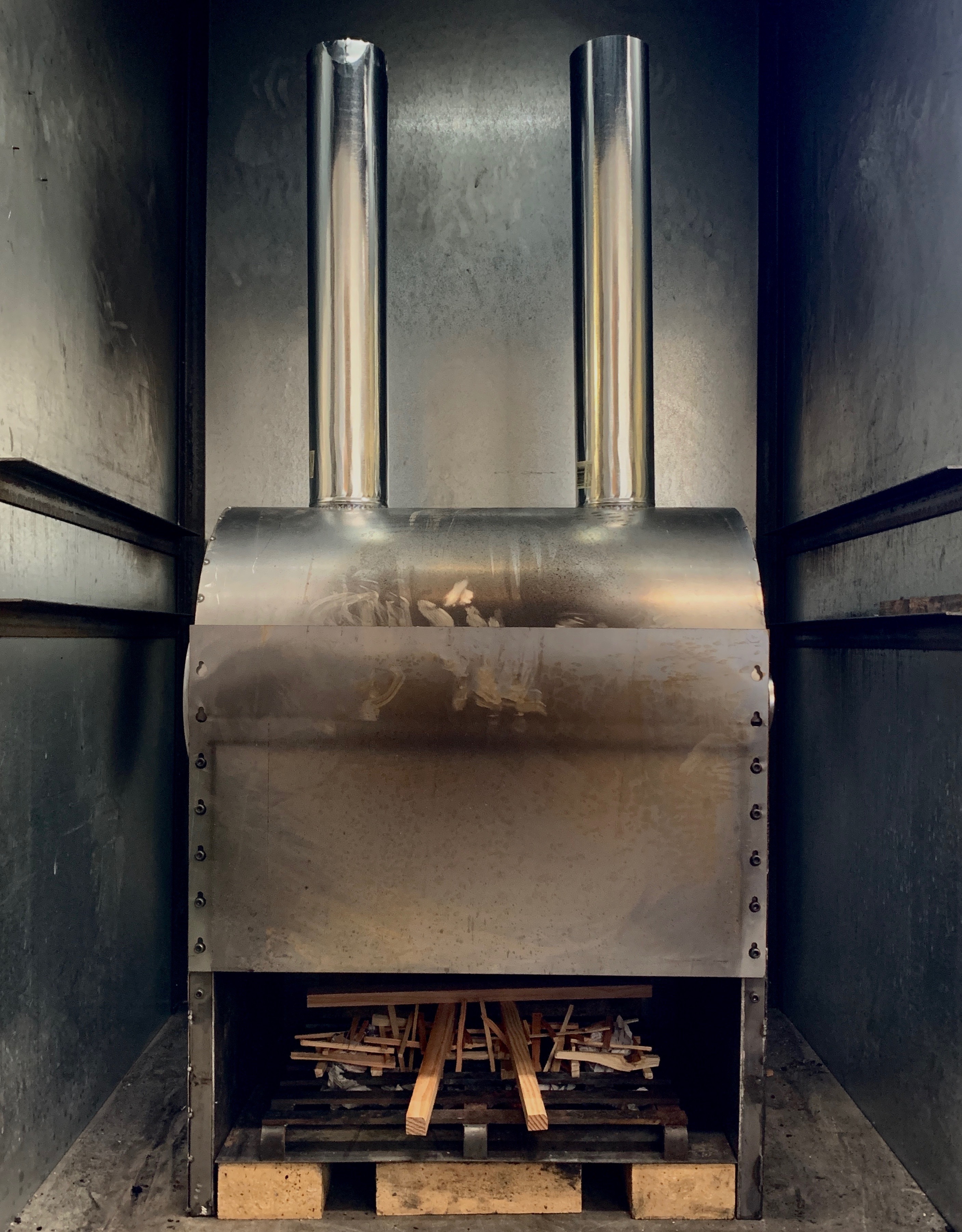Turning the Heat Up on Shea
Adapting the shea project for greater impact
This March, the improved shea roaster project was dealt a blow when COVID-19 caused us to reschedule our prototype field-testing trip to Ghana for some time in the future. The trip would have provided invaluable data, both quantitative and qualitative, on our existing roaster prototype. But, as proven time and time again, out of adversity comes opportunity. With the addition of Mechanical Engineering Design Intern Jeremy Su to the Improved Shea Roaster Project team, the summer has been filled with exciting progress and project developments. In August, Jeremy and fellow intern Nicholas Robles developed a qualitative user research survey which was successfully sent to the women working at our partner shea butter cooperatives outside of Tamale, Ghana.

Through this survey, we were able to hear from the women processing shea and give them an opportunity to share more about the complex process of refining shea nuts into butter. Using this data and information, the shea team was able to develop three new specific project tracts, each with unique design goals and parameters but building off of the previous prototype design.
The existing shea roaster prototype will become what’s called the Premium Roaster. This roaster will retain a majority of the original design parameters and goals, including increased efficiency, improved firepower, and reduced particulate emissions. Its complex design and rigorous testing process ensure high performance from this model. However, to reduce barriers to adoption such as cost or material availability, the second design track is known as the Economy Roaster. The design goals of this prototype will once again focus on increasing efficiency to reduce fuel usage, but will be easier and cheaper to manufacture and the design will allow for waste materials such as shea cake to burn as fuel inside the roaster.

Finally, an additional design track known as the Ergonomic Drive Mechanism will introduce experimental design elements, such as a treadle for rotating the drum, in order to improve the ergonomic experience of roasting shea. These three prototype tracks will be manufactured in the shop and undergo lab testing in preparation for our rescheduled trip to Ghana.